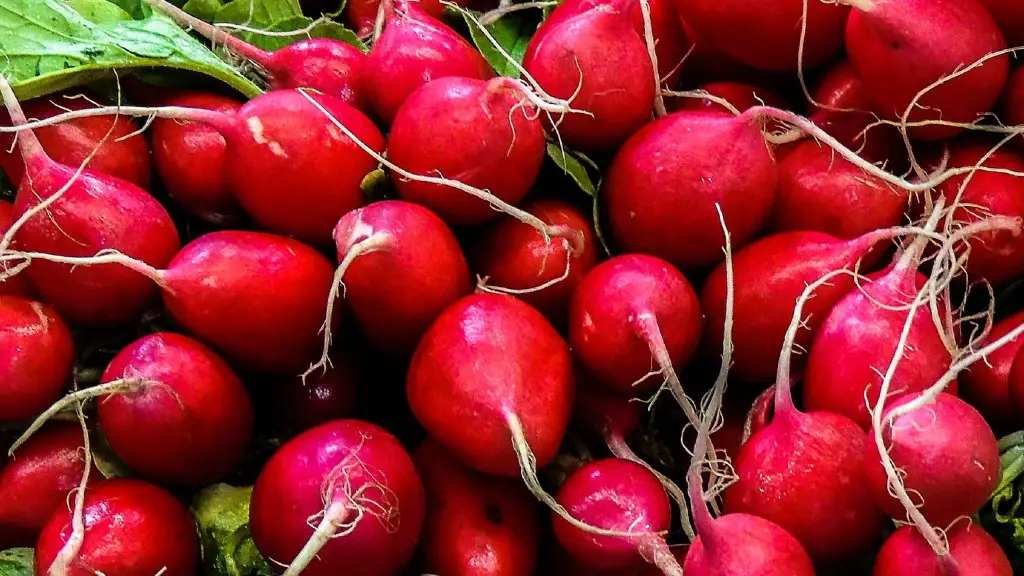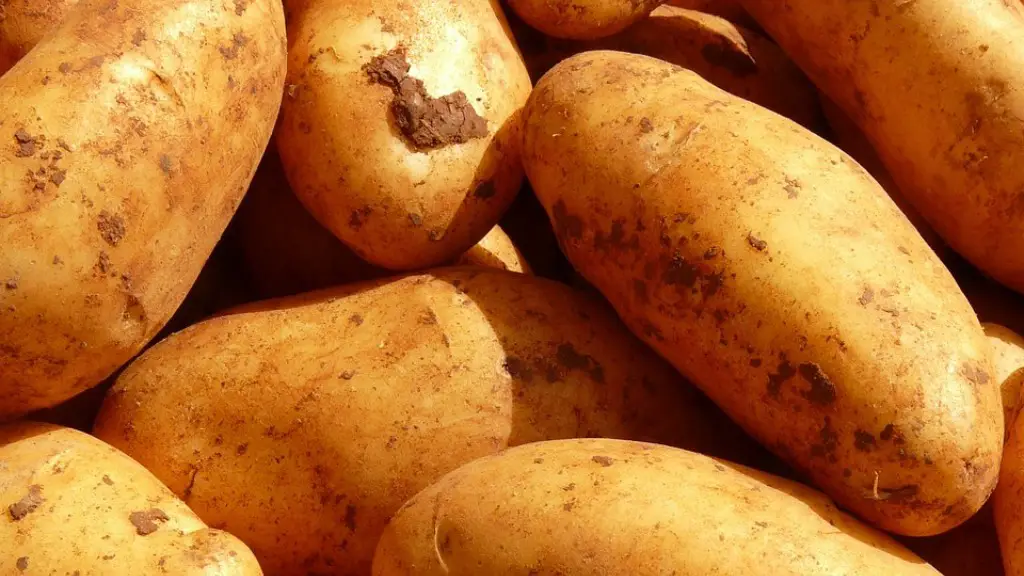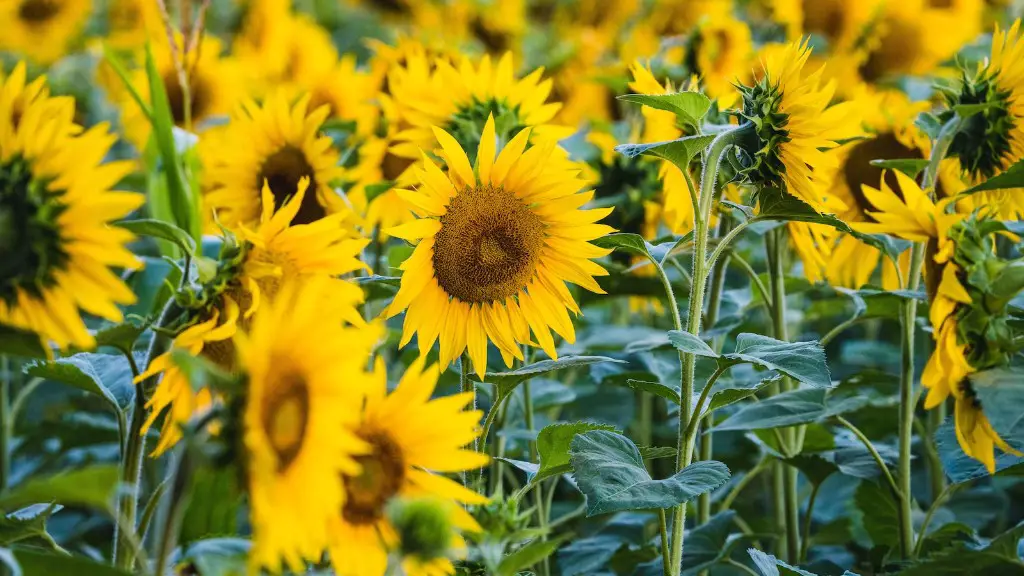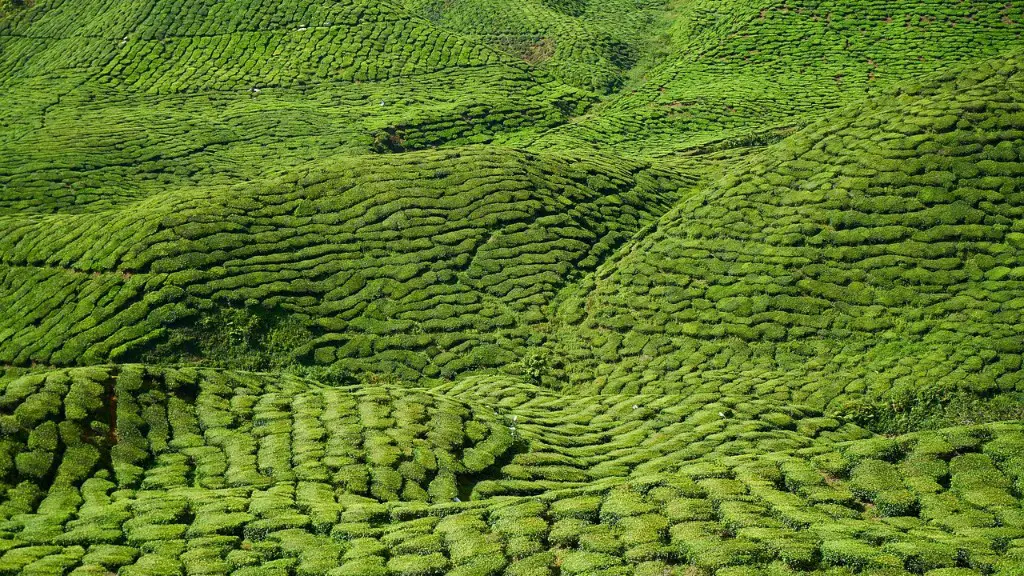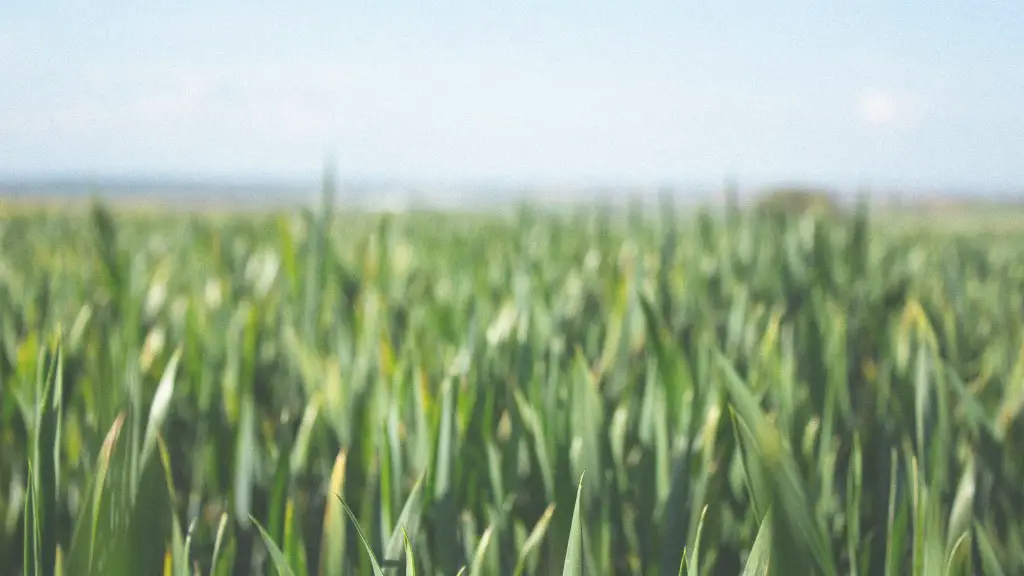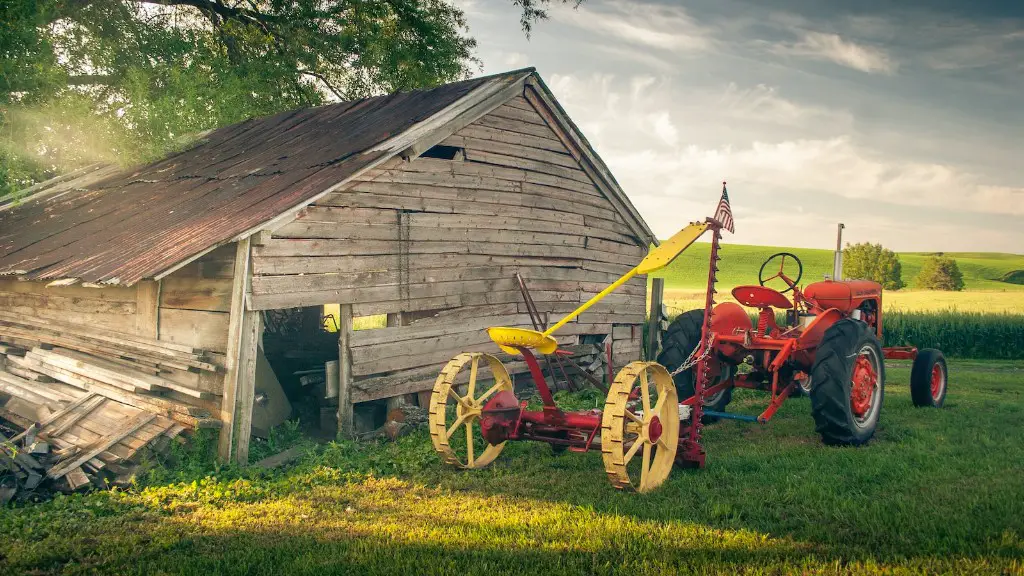Slash and burn agriculture involves cutting down trees and burning them to create a cleared area of land where crops can be grown. This method of land clearing has been practiced for centuries by people all over the world. While it is an effective way to create new farmland, slash and burn agriculture can also cause environmental problems.
Slash and burn agriculture is a type of subsistence agriculture that involves clearing a piece of land by cutting down all the trees and burning the resulting debris. Crops are then planted in the burned area, and the cycle repeats itself every few years as the nutrients in the soil are depleted.
What is the meaning of slash and burn agriculture?
Slash and burn agriculture is a widely used method of growing food in which wild or forested land is clear cut and any remaining vegetation burned. The resulting layer of ash provides the newly-cleared land with a nutrient-rich layer to help fertilize crops.
This method of agriculture is often used in areas where the soil is not naturally fertile, as the ash helps to improve the quality of the soil. It can also be used to clear land for other purposes, such as pasture or housing.
However, slash and burn agriculture can also have negative impacts on the environment. The burning of vegetation releases carbon dioxide and other greenhouse gases into the atmosphere, which contributes to climate change. It can also lead to soil erosion and deforestation.
Slash and burn agriculture is a type of subsistence farming that is typically done by tribal communities in order to survive. These communities are typically located in central Africa, northern South America, and Southeast Asia. Slash and burn agriculture involves clearing a section of land by cutting down all of the vegetation and then burning it. This leaves the land bare and ready to be cultivated. After a few years, the land becomes less fertile and the farmers must move on to a new plot of land. This type of agriculture is very damaging to the environment and is a major contributor to deforestation.
Is slash and burn good or bad
One of the largest negative effects of slash and burn agriculture is deforestation. It leads to soil erosion, the loss of biodiversity, and the loss of naturally beautiful ecosystems. Farmers have begun to utilize other agricultural methods in place of slash and burn farming. These methods are more sustainable and have less negative impact on the environment.
Shifting cultivation is a type of agriculture where farmers move their crops to a new piece of land every few years. This type of agriculture can be harmful to the environment because it can lead to deforestation, loss of fertility in the soil, and soil erosion.
What is an example of slash-and-burn?
The milpa is a type of slash-and-burn agriculture that is found in Mexico and Central America. It involves clearing a single plot of land each year and then allowing it to revert back to a forest garden. The plot is then slashed and burned, and replanted at some point in the future.
The slash and burn practices used in Indonesia to clear land for agriculture are having a devastating effect on the natural balance of the tropical rainforest. The soil is being eroded away, leaving the trees and other vegetation vulnerable to being uprooted. This is causing a decline in the overall health of the rainforest and its ability to support the diverse range of plant and animal life that it is home to.
Why do farmers burn their land?
Agricultural burning is a great way for farmers to remove crop residues, weeds, prevent disease and control pests. By burning these items, farmers are able to create a healthier environment for their crops to grow in. Not only does this method help the growth of the crops, but it also helps to reduce the amount of manual labor that is needed to remove these items.
Slash-and-burn agriculture is a type of subsistence farming that involves clearing a piece of land by cutting down the trees and bushes, and then burning the remaining vegetation. The ashes act as a natural fertilizer, and the land is then used to grow crops or graze livestock.
Today, however, slash-and-burn agriculture is hardly sustainable. It has led to deforestation, increased carbon emissions, and a loss of biodiversity. In tropical forest regions, slash-and-burn agriculture is one of the main drivers of deforestation. The United Nations Food and Agriculture Organization (FAO) estimates that about 20% of global greenhouse gas emissions come from deforestation and forest degradation, making it one of the most significant contributors to climate change.
Slash-and-burn agriculture also results in a loss of biodiversity. When forests are cleared and burned, the animals that live there are often killed or displaced. This can lead to a decrease in the population of certain species, and an overall loss of biodiversity.
There are some steps that can be taken to make slash-and-burn agriculture more sustainable, such as using more efficient cooking stoves to reduce the amount of fuel needed, planting trees to help restore the forest, and using more efficient farming techniques
How long will slash and burn last
The time it takes for a swidden to recover depends on the location and can be as little as five years to more than twenty years, after which the plot can be slashed and burned again, repeating the cycle In Bangladesh and India, the practice is known as jhum or jhoom. Jhum is an age-old cultivation system in which shifting cultivation is practised. In this system, a patch of forest land is cleared by burning and a crop is grown for one to three years on the ashes. The crop residues are left on the field and the land is then abandoned for a fallow period of 5 to 10 years, after which the cycle is repeated.
Slash-and-burn agroecosystems are important to rural poor and indigenous peoples in the developing world because they provide a way to produce food using only local resources. Ecologically sound slash-and-burn agriculture is sustainable because it does not depend upon outside inputs based on fossil energy for fertilizers, pesticides and irrigation. This makes it possible for small-scale farmers to produce food without being reliant on global markets or external aid.
Does slash and burn cause forest fires?
Slash-and-burn operations usually involve a lot of burned material, which can fuel hotter and longer-lasting fires. This can make them even more difficult to control compared to wildfires, especially during periods of severe drought when vegetation is extremely dry and flammable.
The slash and burn technique is a common method that agriculturalists use to clear forests and expand their amount of usable land. This method involves removing a ring of bark from the trees, which dries out the trees and makes them more susceptible to burning. The ash from the trees then acts as a natural fertilizer for the soil.
What are the three features of slash and burn agriculture
Forests play an important role in the global carbon cycle and act as a sink for atmospheric carbon dioxide. Trees are removed and burned to make the area available for farming, which results in release of carbon dioxide and other greenhouse gases into the atmosphere.
Slash and burn agriculture could be potentially more environmentally friendly if a few best practices were adopted. If small, widely scattered plots were used for cultivation, it would minimize the impact on the forest ecosystem. In addition, if crop rotation was used, it would help to maintain the fertility of the soil.
What is slash and burn also called?
Primitive subsistence agriculture is a type of agriculture where crops are sown at calculated intervals in order to have a food source all year round. This method is also known as slash and burn agriculture or shifting cultivation.
The burning of organic materials on a large scale contributes to global climate change through the release of greenhouse gases. This is a significant problem because it can lead to the warming of the planet and the alteration of local weather patterns. In addition to its effects on the environment, slash-and-burn agriculture can also have negative social and economic impacts on communities that rely on this type of land management.
Final Words
Slash and burn agriculture is a type of agriculture where farmers clear a piece of land by cutting down all of the vegetation and then burn the debris. The ashes from the burning act as a natural fertilizer and the land is then ready to plant crops. This type of agriculture is often used in tropical areas.
Slash and burn agriculture is a type of farming in which the farmer clears a piece of land by cutting down all the trees and burning the debris. The ashes add nutrients to the soil, and the land is then used to grow crops for a few years until the nutrients are depleted. The farmer then moves on to a new piece of land and repeats the process. Slash and burn agriculture is often criticized because it is not sustainable in the long term and can lead to deforestation.
